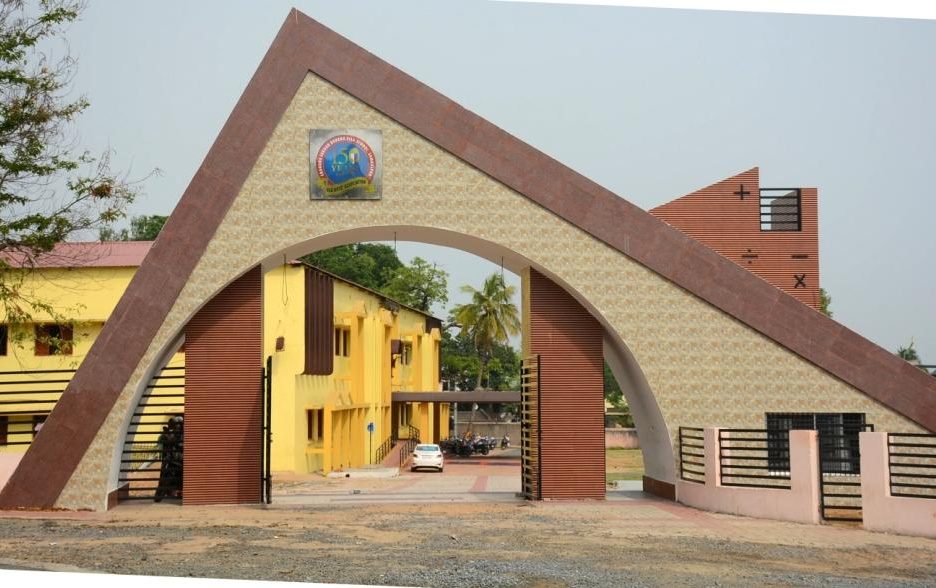Sambalpur: History is replete with instances of freedoms fighters and their fight against the Britishers for the independence of the country.
However, student of Sambalpur Zilla School boycotting classes to join the non-cooperation movement of Gandhiji January 3, 1921 is the first such incident in the history of freedom movement. The non-cooperation movement by the students of this school completed 100 years, January 3, 2022. A memorial committee has been formed to observe the day.
Possibly none of the students of the Zilla School who had participated in the non-cooperation movement are alive today. However, the path shown by them still inspires many to think and do something for the country.
Historian Deepak Panda has mentioned about the students’ movement in his book ‘Sambalpur Itihas’. Many people of undivided Sambalpur district were drawn towards Gandhi’s call for independence of the country through non-violence and participated in the non-cooperation movement. The non-cooperation movement drew widespread support from people of all walks of life.
Reports said that the students first assembled under the foothill of Budharaja January 2, 1921 and decided to boycott classes after the school reopens after their vacation January 3, 1921. As the school reopened, the students staged a demonstration outside the main gate of the school. Over 200 students participated in this demonstration.
Later, the students boycotted their classes and took out a rally which passed through the main thoroughfares of Sambalpur town. Eminent freedom fighters Lakshmi Narayan Mishra, Benimadhav Supkar, Nrusingh Guru, Gouri Shankar Sahani, Krutartha Acharya, Arun Das, Md Hussain, Abdul Mazid, Chandra Sekhar Panigrahi, and Jagannath Mishra led the rally.
The rally reached Balibandha where the students participated in a meeting. Chandrasekhar Behera, Dasharathi Mishra, Lodhabhai Tharia, Ratan Singhbhai, Seth Ram Pratap, Janardan Pujari, Anandiram Shukla, Ramakrushna Behera, and Mahendranath Verma addressed the students there.
The move by the students spread like wildfire and became the top story in English daily ‘The Servant’, which was then published from Kolkata. The move caught the administration off guard. The administration rusticated all the students who boycotted classes and participated in the freedom movement.
The non-cooperation movement soon drew widespread support from across the country. The students even opposed the visit of a British Prince to Sambalpur. The locals also observed Sambalpur bandh in support of the students and meetings were organised at various places.
Later, a school named National School was opened at Frazer School where the rusticated students were allowed to study. Teachers like Shankar Prasad Padhi, Sayeed Abdula, and Baladev Bahidar taught the students there.
On being apprised about the students, eminent freedom fighter Pandit Nilakantha Das, who was then working as a lecturer in a Kolkata college, resigned from service and returned to Sambalpur to teach the students. Another teacher Bhagirathi Mishra, after completing his studies in Kolkata, returned to Sambalpur to teach the students. The school was later renamed as Chandra Sekhar Behera Zilla School to honour the great freedom fighter.
